In deep foundation construction, foundation drilling tools serve as the core equipment, and their quality directly influences construction efficiency and project outcomes. So, how can we determine whether a foundation drilling tool is of high quality? Here are several key evaluation dimensions:
Manufacturing Process
Welding Quality and PrecisionAn excellent drilling tool should have smooth and uniform textures at the welded parts, with firm and flawless welding points. Such welding not only enhances the durability of the drilling tool but also reduces the risk of breakage during high-intensity operations.
Tip: Observe whether there are cracks or roughness at the welded areas and ensure they are full. That is an intuitive method to judge the quality of welding craftsmanship.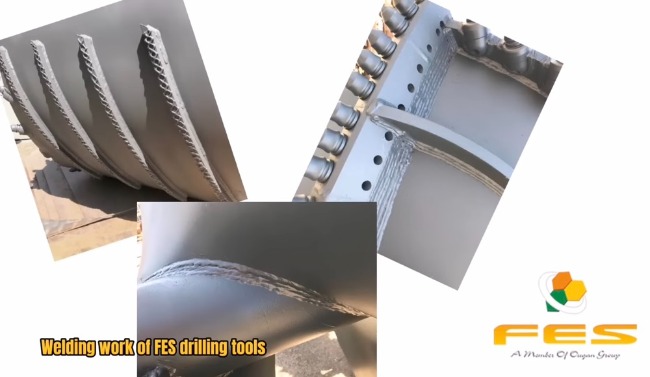
Heat treatment has an important impact on the performance improvement of drilling tools. Through reasonable heat treatment, the hardness and toughness of drilling tools can be improved, and their service life can be extended.
Why is it important?
- Prevent drilling tools from deforming or breaking under high-pressure operations.
- Enhance the drilling capacity of drilling tools in complex conditions.
Inspection method: Purchasers can understand whether the supplier has carried out comprehensive heat treatment processes on the drilling tools, such as quenching and tempering.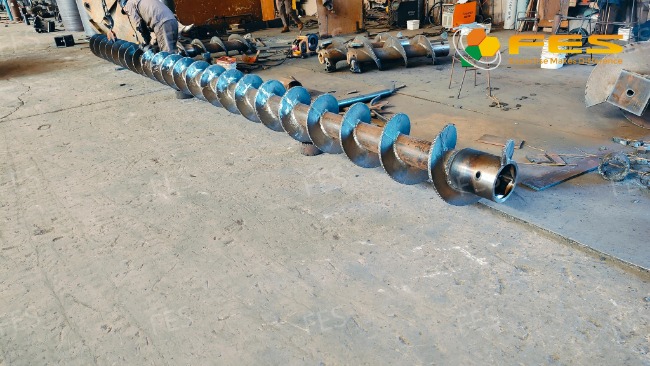
Drilling Tool Adaptability and Multifunctional Design
A good drilling tool should be versatile enough to adapt to various construction environments and allow for quick part replacements to meet different needs. Additionally, it should be compatible with major drilling rig brands for seamless integration. FES drilling tools are perfectly compatible with major drilling rig brands such as Bauer, Soilmec, IMT, Liebherr, and more. The company ensures seamless integration with these industry-leading machines, offering high-quality solutions for global piling contractors.
Advantages:
- Save equipment replacement costs.
- Improve the flexibility and adaptability of construction.
Precise Control of Concentricity (Four-Point Concentricity)
High-quality drilling tools usually possess high concentricity precision – the Kelly box, pilot, flight thickness and central pipe must maintain perfect alignment. Only in this way can the drilling tool demonstrate good stability and consistency during construction .
Why is concentricity important?
- Avoid borehole deviation and ensure the precision of engineering design positions.
- Improve the verticality of drill holes and reduce the rework rate.
- Reduce equipment vibration and extend the service life of drilling tools.
- Reduce the cutting resistance of the drilling rig.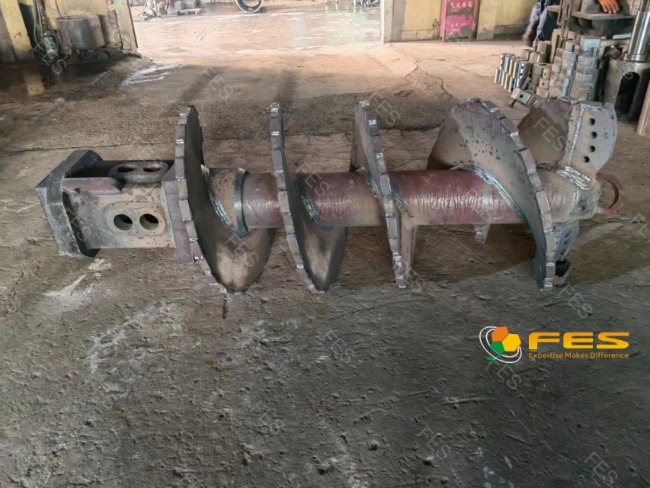
Reasonable Tooth Layout
The rationality of the tooth layout design at the bottom of the drilling tool directly determines the cutting efficiency. Excellent drilling tools usually adopt arc-shaped or staggered tooth layouts to optimize the cutting and discharge process of soil layers.
Advantages:
- Efficiency improvement: Reduce drilling resistance and accelerate construction progress.
- Durability enhancement: Evenly distributed pressure effectively avoids excessive wear.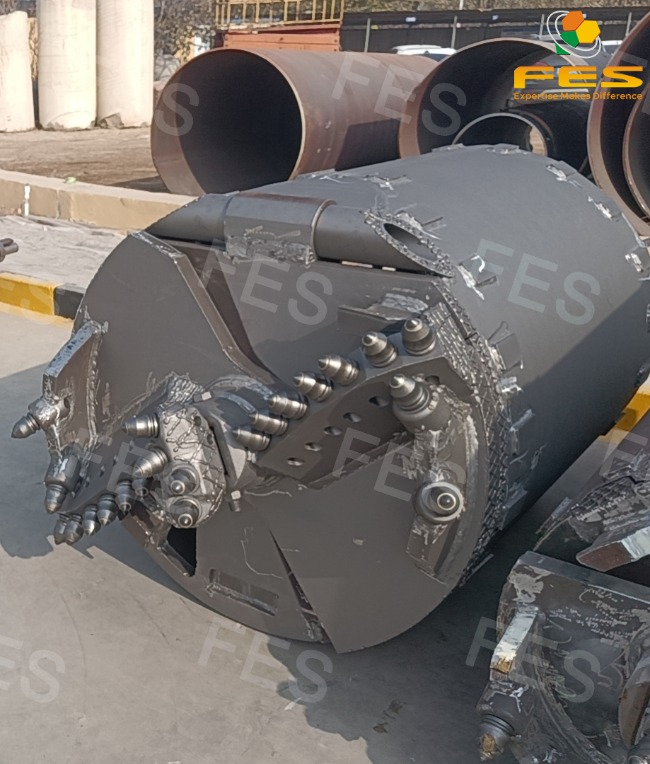
Smooth Design to Reduce Resistance
The transition part from the bottom plate of the drill bit to the tooth plate should have a stepless design. This design detail is often overlooked, but it has a huge impact on construction efficiency.
Practicality analysis:
- Increase the soil penetration rate of the drilling rig and reduce clogging.
- Avoid extra energy consumption and lower operation costs.
The Importance of Pilot
The height of the pilot should be slightly higher than the tooth plate to ensure that the drilling tool can quickly find and lock the drill hole position during the initial drilling period, reducing operational errors.
Actual effects:
- Enhance hole position accuracy and improve construction quality.
- Reduce the occurrence of inclination or deviation of holes.
Flexibility of Unlocking Mechanism
The unlocking mechanism is an important link affecting the ease of use of drilling tools. A flexible and non-jamming design can effectively shorten the switching time and improve the smoothness of construction.
The Pros and Cons of Internal Details
The internal design of drilling tools is often not easily noticed, but the neatness and process refinement is one of the key factors in judging quality. High-quality drilling tools usually strive for perfection in internal processing to reduce the possibility of sand accumulation.
Material Selection and Durability
High-quality foundation drilling tools are typically made from high-strength materials and feature additional wear-resistant welding on the external surface and bucket auger edge to ensure superior wear and impact resistance. Purchasers should consider whether the drilling tool adapts to different geological conditions (such as hard rock layers, sand layers, or clay layers).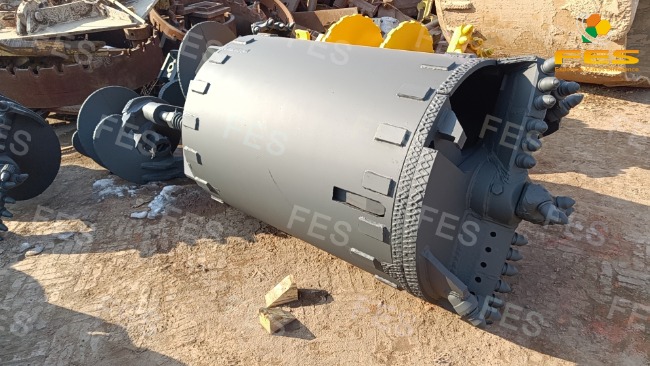
Technical Standards
The quality of drilling tools depends not only on the design but also on the production technology. For example, high-precision CNC machining and auto-welding can effectively improve the machining accuracy and consistency of parts.
Key points for investigation:
- Consider whether advanced equipment and processes are used in the production process.
- Consider whether the supplier has passed relevant industry certifications (such as ISO9001 quality certification).
Below is the ISO 9001 certification of Ougan Group, with FES China affiliated.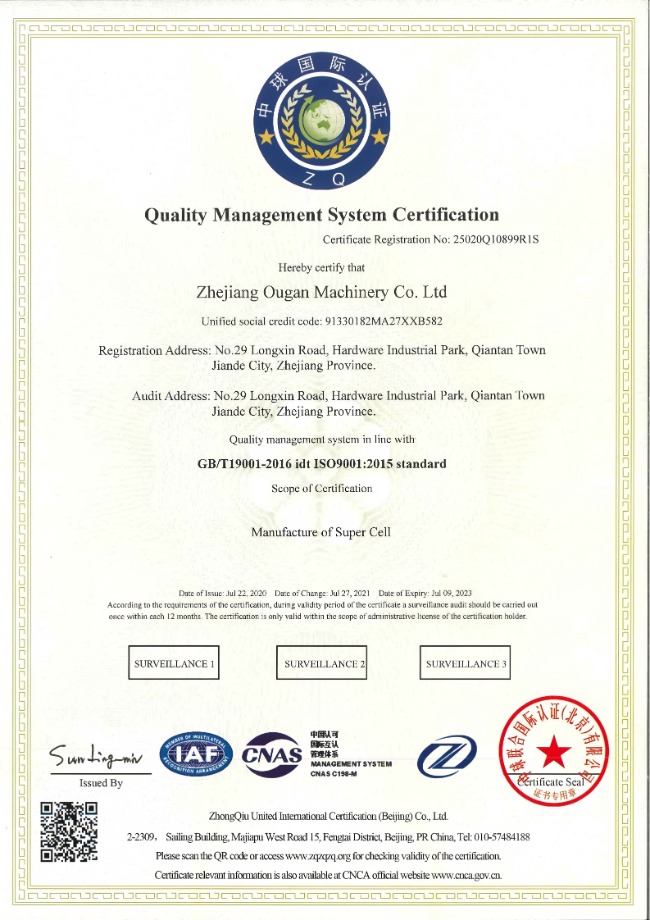
After-sales Service and Technical Support
Suppliers of high-quality drilling tools usually also provide comprehensive after-sales services, including technical support, maintenance guidance, etc.
FES service content includes:
- Daily maintenance suggestions for drilling tools.
- Repair or replacement solutions for worn drill bits.
- Training on the use of drilling tools to help operators get started quickly.
Company History, Experience and Team Size
FES (China) Limited, established in 2005 as a member of Ougan Group, has over 15 years of expertise in the foundation drilling industry. The company provides customized drilling tool solutions and boasts a team of 120+ skilled sales and technicians. FES holds certifications such as ISO9001 and CE, and has a strong global presence with branch offices in North America, Singapore, Indonesia, and India. With flexible payment terms and strategic partnerships, FES continues to support global piling contractors with high-quality products and services.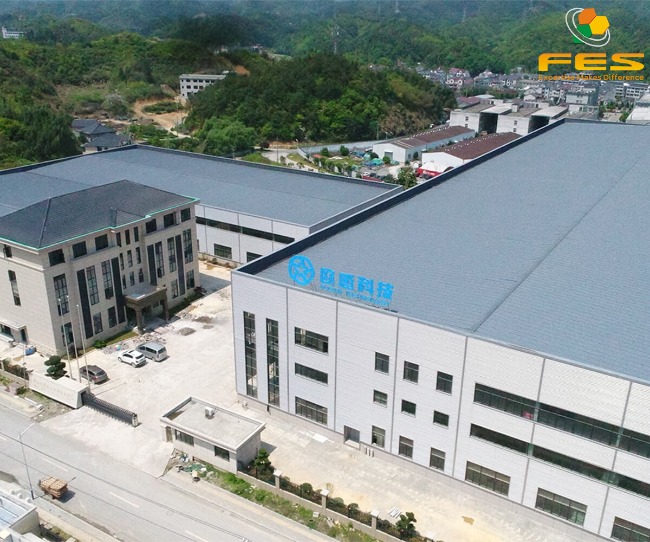
Conclusion
High-quality foundation drilling tools are not only tools but also key assistance to improve construction efficiency and ensure project safety. When choosing, attention should be paid to their structural design, welding process, and operational convenience, and details should not be overlooked.







